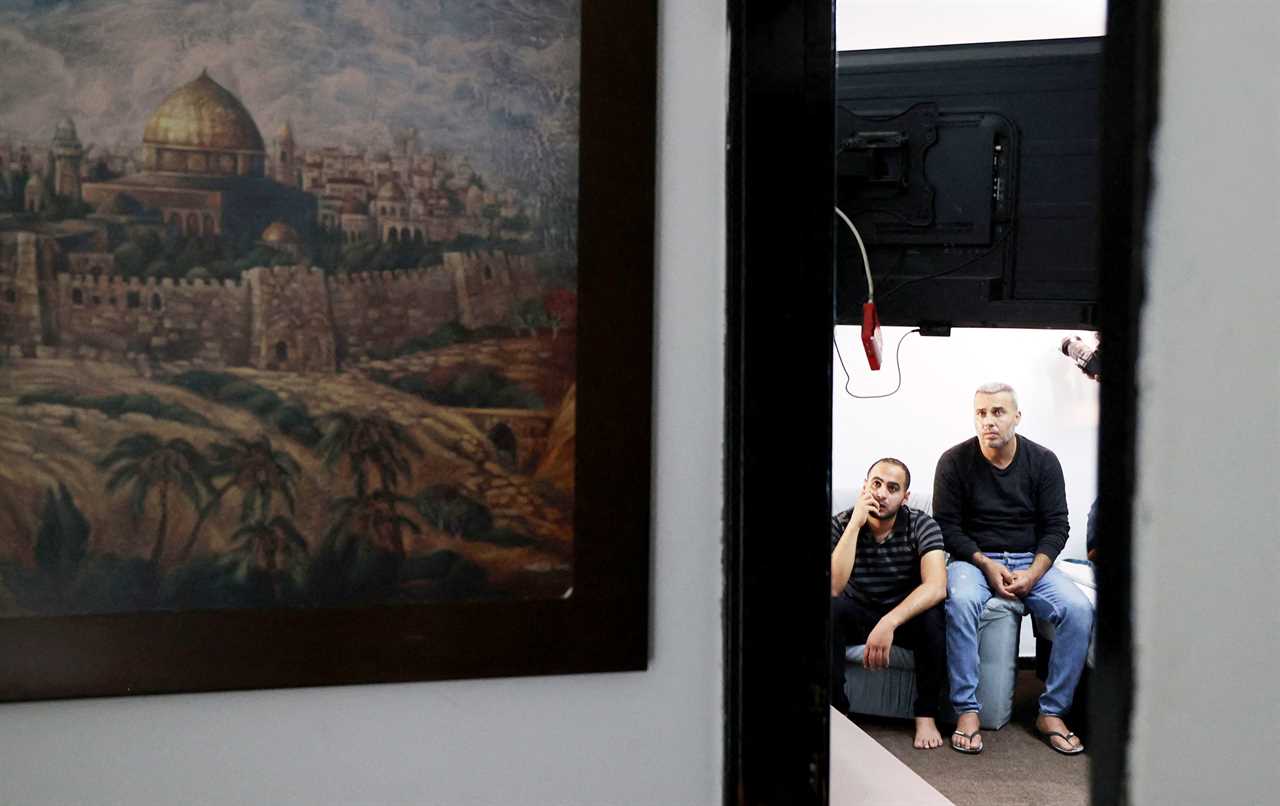
RAMALLAH — My morning last Saturday, like so many others in this region of the world, began with a barrage of successive messages on my phone that startled me awake. I stood up and stared bleary-eyed into my phone. The headlines slowly burrowed into my foggy brain: Hamas had launched an operation and militants had broken through the fence that had kept Palestinians in Gaza under siege for 16 years.
I sent frantic WhatsApp messages to friends from Gaza who live in the West Bank: My neighbor Ola told me her family had to flee their home to another part of the densely populated enclave. My friend Tahreer said five of her extended family were killed in Israeli shelling and her friend Eman had learned that her father, mother and brother had all died in an airstrike.
Across the street from my house, a charity had opened its doors overnight to house Gaza-based workers who had been in Israel during the Hamas attack and who were expelled from Israel to Ramallah. People poured in for hours to provide them with clothing, toiletries and blankets. As I helped my mother drop off shirts and jackets for the men, one in particular stood out: He had just heard that his three children had been killed. People tried to console him, to no avail.
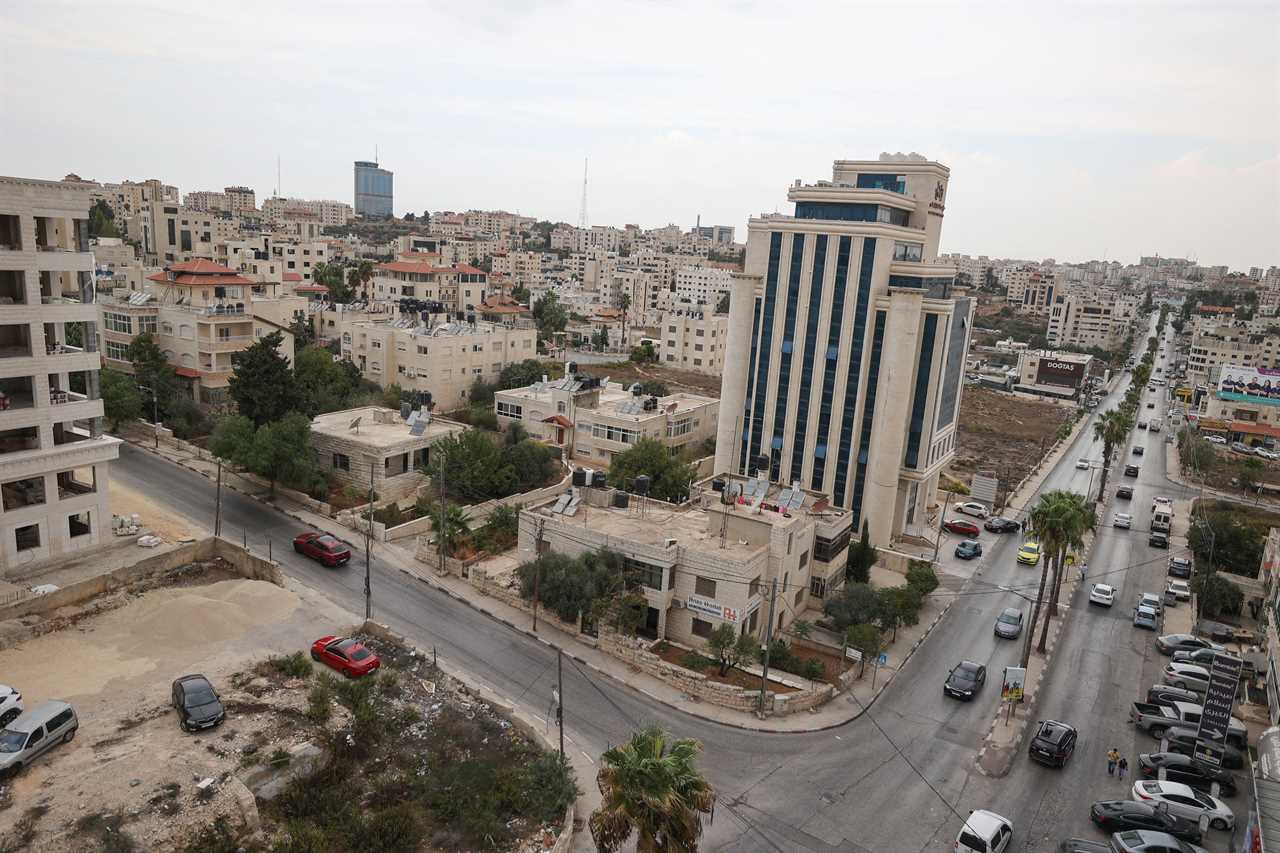
The West Bank has been on Israeli military lockdown ever since the attacks, making it difficult to leave or enter the territory or move between towns and cities. Israeli forces quickly placed large cement blocks and earth mounds around places like East Jerusalem, Bethlehem and Hebron, which has turned into a ghost town. My mother’s doctor, who lives in that southern West Bank city, has been unable to see his patients in Ramallah because of the closure. Friends and acquaintances who are trying to leave for Jordan have told me that the border crossing is maintaining irregular hours and allowing only a certain number of people to leave the territories.
Since Saturday, the news has changed dramatically and rapidly day-by-day; by Thursday, the death toll climbed to over 2,500 people: 1,200 Israelis and 1,354 Palestinians. In Israel, people are still looking for loved ones. Some were killed, others were taken captive. The fate of many is still unknown.
As Israel prepares to launch a ferocious ground operation against Hamas, fearful uncertainty grips my community. Palestinians in Ramallah and the rest of the West Bank have also been watching the situation unfold with unease and heartbreak and they are also frantically seeking news of family and friends. Many have loved ones in Gaza and have no choice but to watch in horror as chaos and slaughter are meted out upon them.
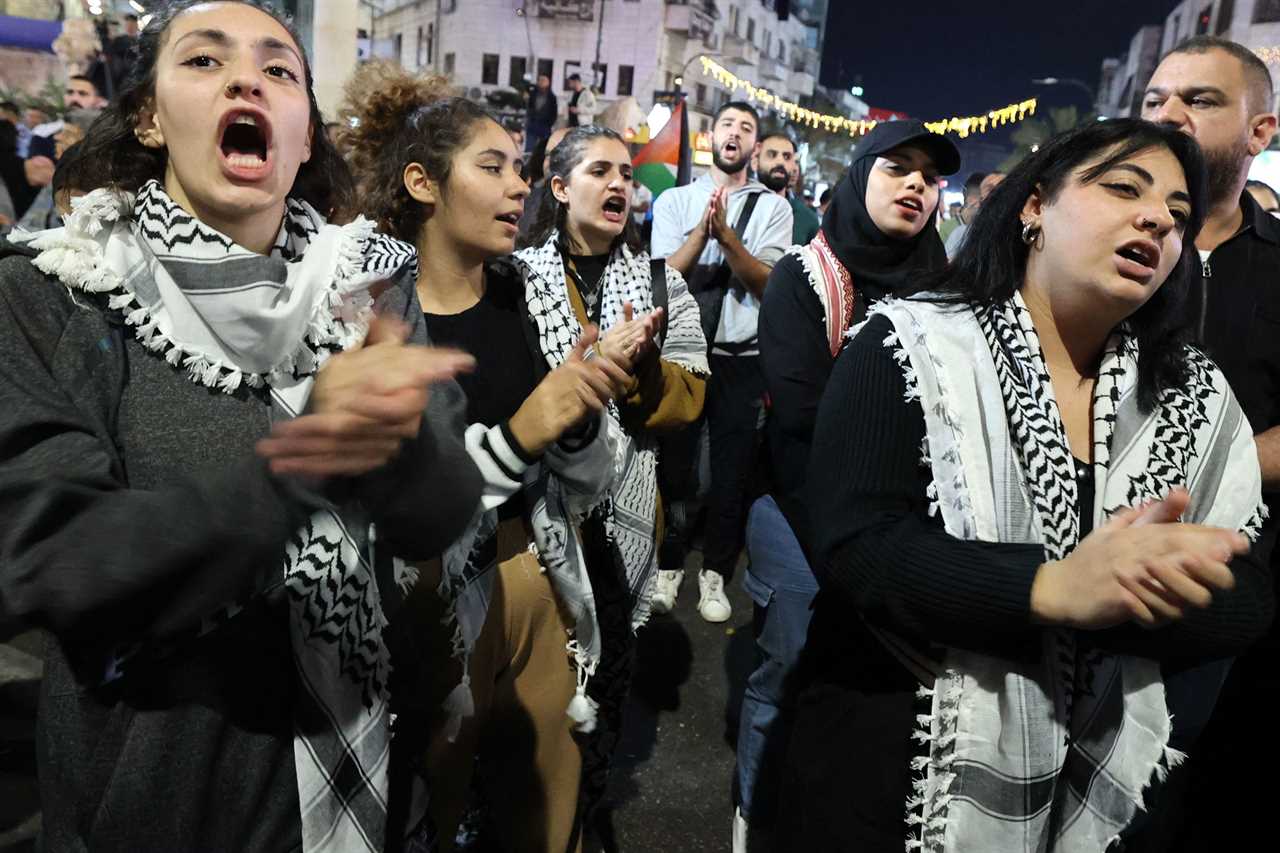
For many Palestinians in the West Bank, watching the scenes unfold has been mind-blowing, on a scale that shocks even those who have lived through decades of conflict. Gaza has been under blockade since 2007, when the Hamas movement took over after winning local elections. The Hamas attack was the first time that anyone had been able to break through the fence that kept Palestinians in the coastal enclave hemmed in. Some Palestinians there have seen as many as four wars — and with construction supplies banned from entry to Gaza, they have had to live among the ruins and destruction from previous wars.
Some have described the attack by Hamas as “unprecedented,” which it is. Others say it is “unprovoked,” but my Palestinian neighbors would beg to differ. They will tell you that over the last 16 years, Israel transformed the Gaza Strip into a pressure cooker, sealing it off from the outside world and decimating it repeatedly with military operations. It is a tiny area, about 140 square miles, roughly the same amount of territory as the city of Chattanooga, but with 10 times the population. The result is a grim wasteland with human development indicators like poverty and unemployment on par with the most desolate countries in the world, imposed not by a natural disaster, but by a government ostensibly responsible for their welfare. Throughout the successive wars in Gaza, we’ve watched — with feelings of desperation and uselessness — as Gazans time after time pick up pieces of their loved ones from beneath the rubble of destroyed homes.
With a maze of Israeli checkpoints and barriers separating the Palestinian territories from one another, from the West Bank it can feel like Gaza is on another planet. But the northern Gaza Strip is about only 30 miles away from the city of Hebron in the West Bank. And violence here has also been on the rise.
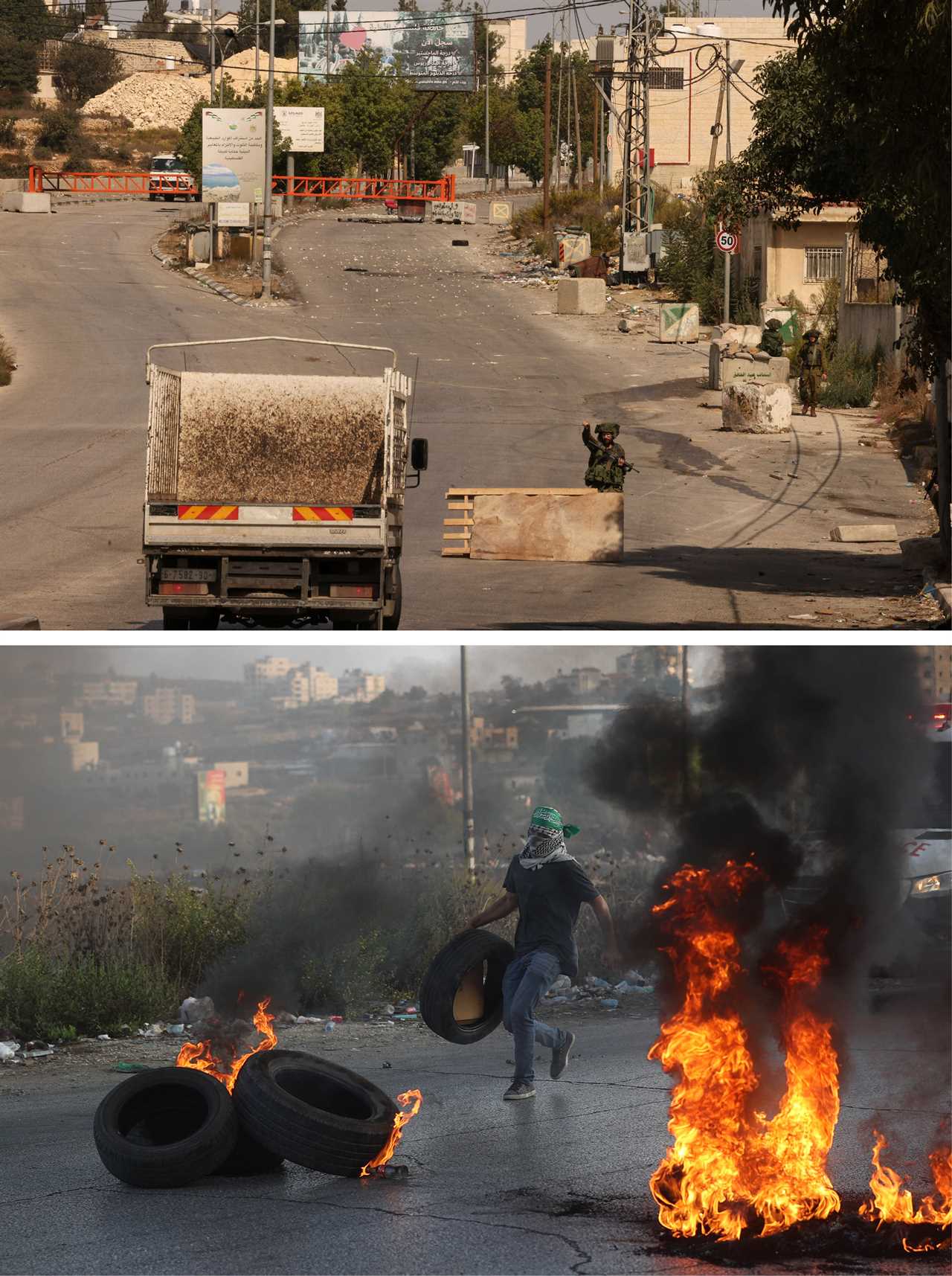
Recent years have been marked by killings, home demolitions and displacement of entire West Bank communities, as documented by rights groups and U.N. agencies. As the amount of territory Palestinians control has shrunk, Palestinians have felt abandoned. It has felt like no one is lifting a finger to address these issues that stem from Israel’s decades of military rule of the Palestinian territories.
The response to the Hamas attacks by the Palestinian Authority, which administers parts of the occupied West Bank, has been muted. Stuck between a rock and a hard place, the PA has been unable to condemn the operation by Hamas, knowing full well that Palestinians are angered at having been subject to Israel’s military rule for decades.
It has also been unable to support the attack, with tensions high and Israel fully capable of attacking its institutions like it did in 2002 when its troops raided the West Bank and annihilated all PA ministries and destroyed most of the civilian infrastructure. So PA President Mahmoud Abbas has mostly kept mum, staying off television and issuing pro-forma written statements and taking phone calls from foreign leaders instead of addressing his own people.
In truth, the PA is subject to the same military occupation as the rest of the Palestinians, but for years now it has also been doing Israel’s bidding by cracking down on dissidents and arresting young men who dare to go close to Israeli military installations to throw stones.
The PA lost its credibility with residents of the West Bank a long time ago, especially because it does little to help when Israeli troops raid villages and towns, or when armed Israeli settlers rampage through the West Bank, killing and torching homes. That sentiment is also high because the PA maintains “security coordination” with Israel — liaising with army officials to ensure that no one carries out any attacks on the military or settlers in the few areas it administers.
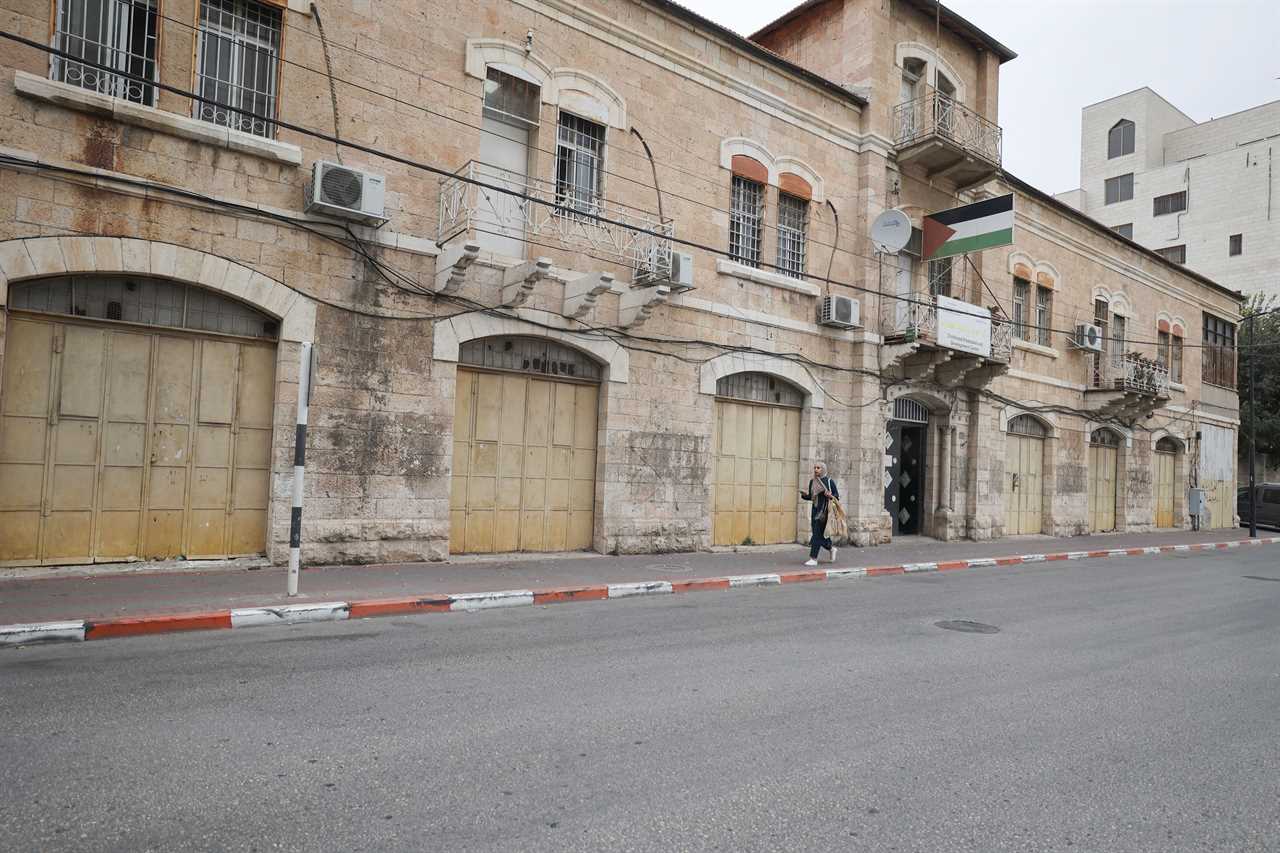
Meanwhile, fear and an eerie sense of unease has permeated the West Bank. Morale is low. The hustle and bustle Ramallah is known for has died down. Koran verses that are usually reserved for mourning are blaring even in stores, replacing what’s often lively music.
As I walk through my neighborhood, I can see my neighbors gathered in front of TVs watching the 24-hour feed of horror supplied by Arabic news channels. In Ramallah, schools have turned to online learning as teachers faced difficulties coming to the city from other villages and towns. For two days, a commercial strike called for by various Palestinian factions in support of Gaza shuttered the doors of everything from supermarkets to coffee shops.
Among West Bank residents, the shock at the scale of violence remained days on. Many are still processing the news, and wondering what this will all lead to — what Gaza’s fate will be, and ultimately, their own as well. Speaking to people, mixed emotions were apparent: grief at those who were killed on both sides of the fence mixed with fear at the amount of destruction that will come about in the next few days, if not weeks or months. “The important thing is to end the war and end civilian deaths. To achieve this, ultimately, the occupation and siege also must end,” said one friend, echoing a sentiment shared by many others.
Already, the violence is seeping into the West Bank as well. In certain areas, like Hebron and Nablus, Israeli settlers, armed and feeling empowered by events in Gaza, have rampaged, killing at least five Palestinians (one who was stabbed to death) or torching homes, cars and other property. At least 30 Palestinians in the West Bank have been killed since Saturday, according to the PA Ministry of Health. That number is expected to rise.

Most of us know that what comes next will be dark. We’ve seen it before. Only this time, even those of us who have been covering the Palestinian territories for years and decades have no idea what to expect from Israel.
One reason is that the rhetoric in Israel is already worrisome. We watched in shock as Israeli Defense Minister Yoav Gallant called Palestinians in Gaza “human animals” and announced a tightened siege that won’t allow for food, water or fuel to enter the Strip. Anything is possible when you hear dehumanizing language used to describe an entire people. Earlier, Israeli Prime Minister Benjamin Netanyahu asked Palestinians in Gaza to leave their homes, knowing full well that for 2.3 million people — two-thirds of whom are refugees, caged inside border fences that separate them from safety — there is nowhere to go.
Once again, we find ourselves in a horribly familiar place: watching from afar, praying for people, hoping that the days ahead will not bring more death and destruction — despite knowing fully well that they will.
----------------------------------------
By: Dalia Hatuqa
Title: In the West Bank, Horror Mixes with Fear of What’s to Come
Sourced From: www.politico.com/news/magazine/2023/10/14/letter-from-the-west-bank-00121416
Published Date: Sat, 14 Oct 2023 06:00:00 EST






